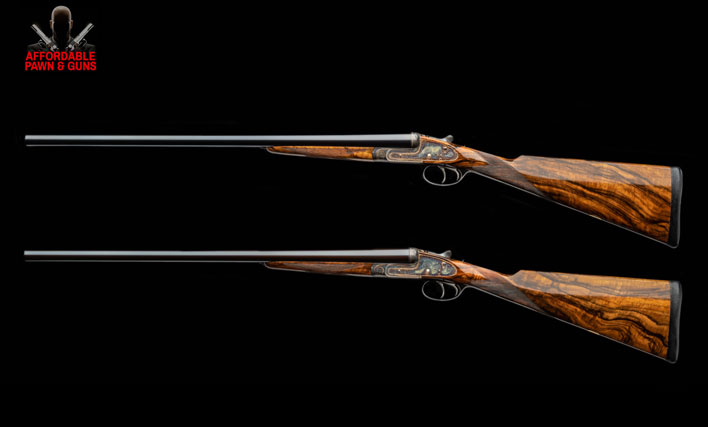.jpg)
Overview:
When considering the purchase of a firearm, understanding the Federal Firearms License (FFL) transfer process is crucial. Here’s a comprehensive overview of what you need to know about FFL transfers:
What is an FFL Transfer?
An FFL transfer refers to the process of legally transferring a firearm from a seller to a buyer, facilitated through a licensed dealer. For anyone engaged in the business of selling firearms the Federal Firearms License is issued by the Bureau of Alcohol, Tobacco, Firearms, and Explosives (ATF) is required. The FFL holder acts as an intermediary to ensure that the transaction adheres to federal and state regulations.
Why is an FFL Transfer Necessary?
FFL transfers are essential for several reasons:
1. Legal Compliance: Federal law requires that all firearm purchases, whether from a dealer or a private seller, be conducted through an FFL holder to ensure compliance with regulations such as background checks and record-keeping.
2. Background Checks: FFL dealers are responsible for conducting background checks on buyers to ensure they are legally permitted to own a firearm.
3. Record Keeping: FFL holders are required to maintain detailed records of all firearm transactions. This helps in tracking the ownership and movement of firearms and is critical for law enforcement purposes.
The FFL Transfer Process
1. Choosing a Dealer: When buying a firearm, the first step is selecting an FFL holder who will handle the transfer. This could be a local gun shop or a licensed dealer. You might also use an FFL holder recommended by the seller if you’re buying from a private party.
2. Completing the Purchase: Once you’ve selected an FFL dealer, the seller (if not an FFL holder) will need to ship the firearm to the dealer. If you’re purchasing from a dealer, the firearm is often already at the dealer’s location.
3. Background Check and Paperwork: Upon receiving the firearm, the FFL dealer will complete a background check and fill out the necessary paperwork, including Form 4473.
4. Waiting Period: Some states have mandatory waiting periods before you can take possession of the firearm. This varies by state, so be sure to check local laws.
5. Receiving the Firearm: Once all checks are completed and the waiting period has elapsed (if applicable), you can pick up your firearm from the FFL dealer. The dealer will retain records of the transaction for compliance purposes.
Fees and Costs
The dealer and the complexity of the transaction depends upon the fees that varies for FFL transfers. These fees can include a flat fee for the transfer service and potentially additional charges for storage or handling.
Legal Considerations
1. State Laws: In addition to federal regulations, individual states have their own laws regarding firearm purchases and transfers. Ensure you are aware of and comply with both federal and state regulations.
2. Private Sales: If you are buying from a private seller, an FFL transfer is still required unless you’re purchasing within a state with specific exemptions.
Conclusion
Understanding the FFL transfer process is key to ensuring a smooth and legal firearm purchase. By working with a licensed dealer, you can navigate the regulatory landscape effectively, complete necessary background checks, and ensure compliance with both federal and state laws. Whether buying from a dealer or a private party, always prioritize legal compliance and safety to make your firearm purchase as seamless as possible.
More Posts


.jpg)
.jpg)

